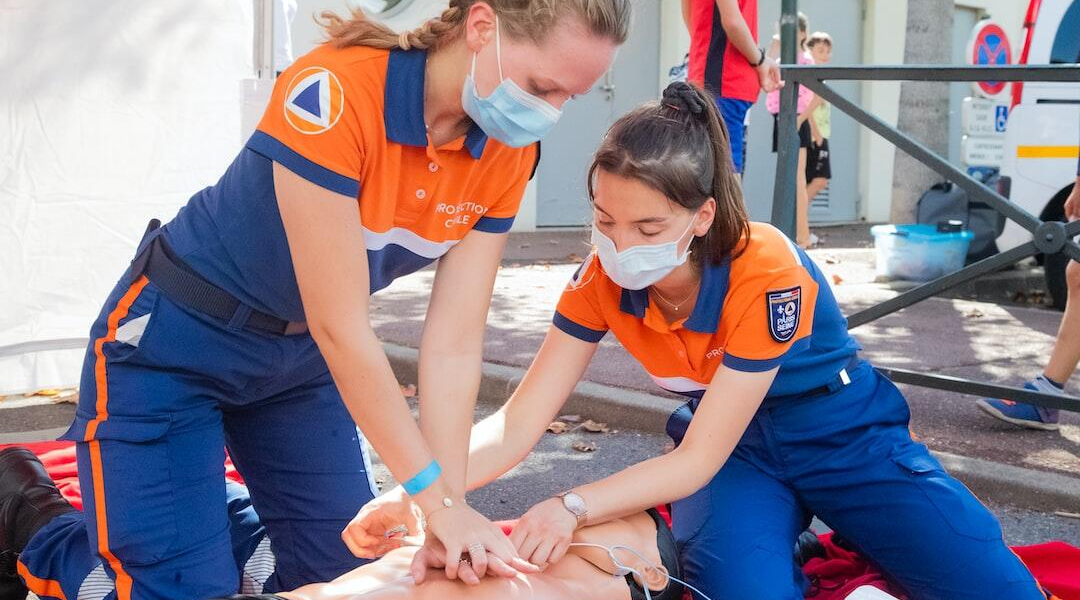From Burns to Broken Bones: First Aid Skills for Common Injuries
Injuries can happen at any time and in any place. Do you know what to do when faced with burns or broken bones? Having first aid skills is crucial in these situations.
First aid training equips you to handle emergencies. It helps to reduce pain and prevent complications. You don’t have to be a medical professional to make a difference.
With the right knowledge, anyone can provide immediate help. We’ll cover essential first aid skills for common injuries.
Are you ready to enhance your first aid knowledge and prepare for unexpected situations? Let’s get started.
Recognizing and Treating Burns
Burns can range from minor to life-threatening. Identifying the burn type is crucial for proper treatment. First-degree burns affect the outer skin layer, causing redness and mild pain.
Second-degree burns reach the second layer, causing blisters and more pain. Third-degree burns penetrate deeper tissues, resulting in white or blackened skin and numbness due to nerve damage. For minor burns, cool under running water for at least 10 minutes, cover with a clean cloth or bandage, and avoid popping blisters.
Managing Bleeding and Wounds
Managing bleeding and wounds is essential to prevent infection and excessive blood loss. Ensure your safety by wearing gloves if available. For minor cuts and scrapes, clean the wound with water and apply an antiseptic, then cover with a sterile bandage.
For heavy bleeding, apply direct pressure with a clean cloth or bandage and raise the injured area above the heart to slow bleeding. If it continues, apply pressure on the artery supplying blood to the area.
Handling Sprains and Strains
Sprains and strains are common injuries that affect muscles and ligaments. A sprain occurs when ligaments-tissues connecting bones-get stretched or torn.
A strain involves muscles or tendons being overstretched or torn. To manage a sprain or strain, follow the R.I.C.E method: Rest the injured part, Ice the area for 15-20 minutes, Compress using an elastic bandage, and Elevate the limb above heart level.
First Aid for Fractures and Broken Bones
Fractures and broken bones need prompt attention to prevent further injury. If you suspect a fracture, avoid moving the affected area. Immobilize the limb using a splint or padding to keep it stable.
Apply a cold pack to reduce swelling, but avoid placing ice on the skin. Elevate the limb if possible. Do not try to realign the bone.
For more detailed instructions, visit the webpage. In all cases, seek medical help immediately to ensure proper treatment and healing.
Responding to Head Injuries
Head injuries can range from mild bumps to severe trauma. It’s crucial to use lifesaving skills when dealing with any head injury. If the person is conscious, remain still and avoid moving their head or neck.
Look for signs such as confusion, dizziness, or a headache. If there’s bleeding, apply gentle pressure with a clean cloth. Avoid giving the injured person anything to eat or drink.
Learn More About First Aid Skills for Common Injuries
Understanding first aid skills can save lives. Remember these emergency first aid tips: stay calm, act quickly, and focus on safety. Knowing how to treat common injuries is invaluable.
Equip yourself with first aid knowledge and practice. Be prepared to make a difference when it matters most. Simple actions can prevent complications and enhance recovery.
Your readiness can provide crucial support in emergencies. Stay informed and confident in your abilities.
Did you find this article helpful? If so, check out the rest of our site for more informative content.

